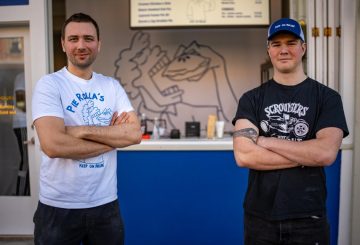ある政策専門家は、すべての食品に健康星評価を義務付けるべきだと提案しています。保健連合アオテアロアは、最近の評価に失敗したため、10年前から実施されてきた格付け制度は真剣に受け止められていないと述べています。オークランド大学の調査によると、2023年半ばにヘルススター評価(HSR)を獲得した製品はわずか30%で、2019年の 25% からわずかに増加しています。オーストラリアでは、2023年に製品の 36% がHSRを示しました。
自主制度はオーストラリアと提携している政府のプログラムで、2023年11月までに製品の 50%、2025年末までに 70% にHSRを表示することを目指しています。Health Coalition Aotearoaで食糧政策専門家パネル共同議長を務めるサリー・マッケイ博士は、この制度を義務化することが、食事による健康状態の悪化と闘うために不可欠であると考えています。
HSR制度は、消費者が特定の食品カテゴリーでより健康的な製品を選択できるよう支援し、評価は星半分から5つ星までさまざまです。しかし、Mackay氏は、このシステムは製品に表示されなければ有益ではないと指摘しています。ロゴを表示するためのパッケージ費用を除いて、企業の参加費用はありません。
Mackay氏はまた、メーカーは健康的でない製品の評価は健康状態の悪さを浮き彫りにしてしまうため、あまり健康的でない製品には表示しないことが多いと指摘しています。さらに、HSRは食品の健康性をある程度示すものの、加工レベルを示すものではないと付け加えています。目標は、人々に加工食品を控えるよう促すことです。
マッカイ氏は、この制度を導入して10年後に義務化すべきだと提案している。また、中南米諸国では、塩分、砂糖、脂肪分を多く含む食品を示す警告ラベルを貼ることを推奨しています。





























































